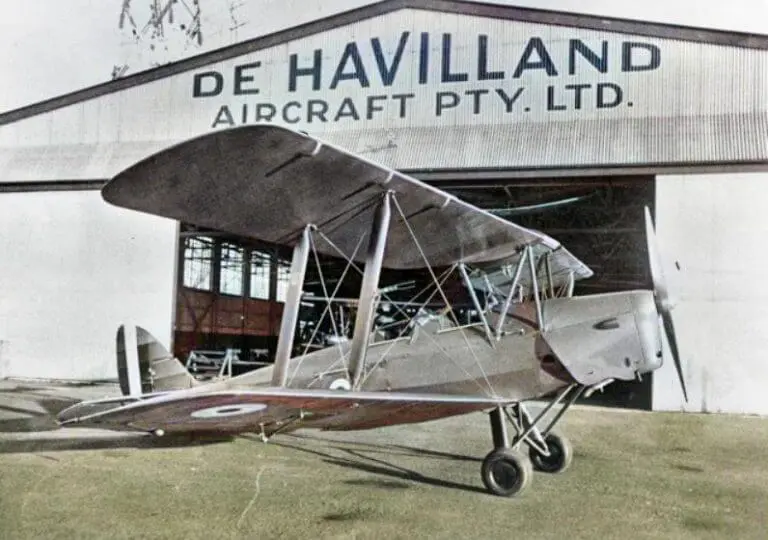
Empire Air Training Scheme (EATS)
To overcome this problem, the British government put forward a plan to its dominions to jointly establish a pool of trained aircrew who could then serve with the RAF. In Australia the proposal was accepted by the War Cabinet and a contingent was sent to a conference in Ottawa, in Canada, to discuss the proposal. After several weeks of negotiations, an agreement was signed on 17 December 1939 which would last for three years. The scheme was known in Australia as the Empire Air Training Scheme (EATS).
Under the scheme 50,000 aircrew would be trained annually, each dominion would conduct its own elementary training; advanced training would be conducted in Canada because of its closeness to the British aircraft factories and the war zone. From November 1940, some training was also conducted in Rhodesia (now Zimbabwe).
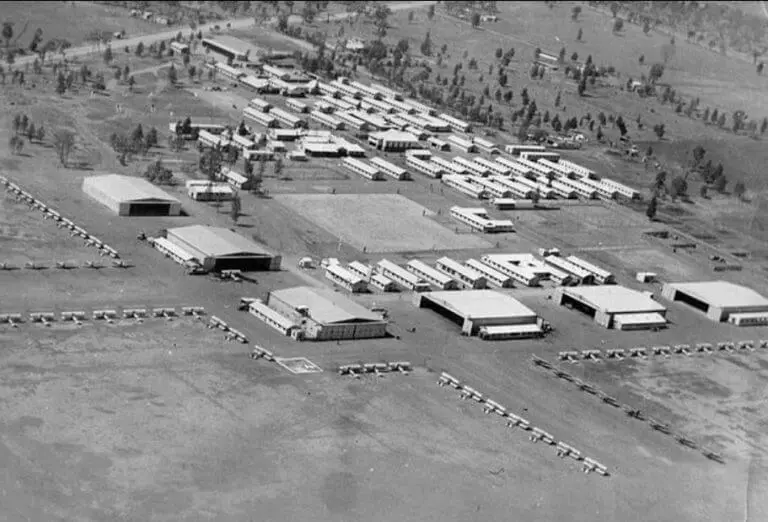
• Initial Training
• Elementary Flying Training
• Service Flying Training
• Air Navigation
• Air Observer
• Bombing and Gunnery
• Wireless Air Gunnery
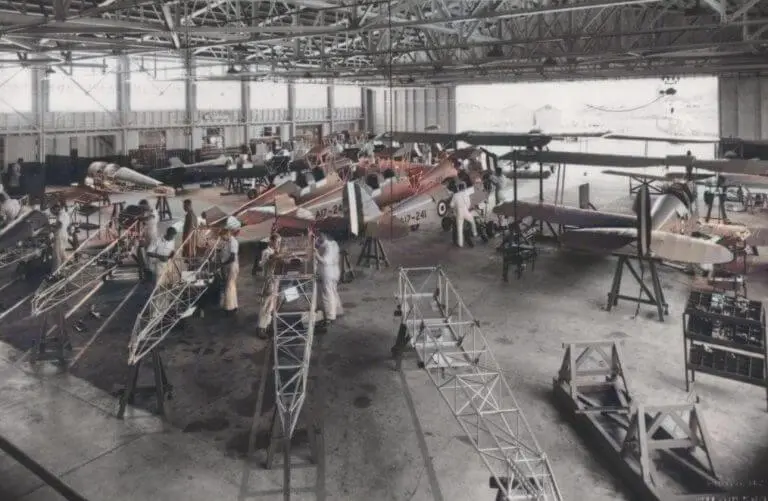
The agreement was renewed for an additional two years in March 1943, although by then it was evident that the RAF already had a large surplus of aircrew. Throughout 1944 Australia’s contribution to the scheme was wound back, at Britain’s instigation, and the scheme effectively ended in October 1944, although it was not formally suspended until 31 March 1945. By this time, over 37,000 Australian airmen had been trained as part of the scheme.”
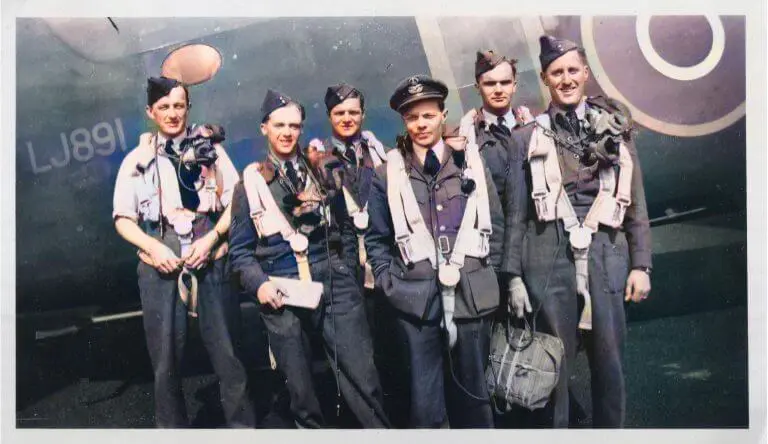
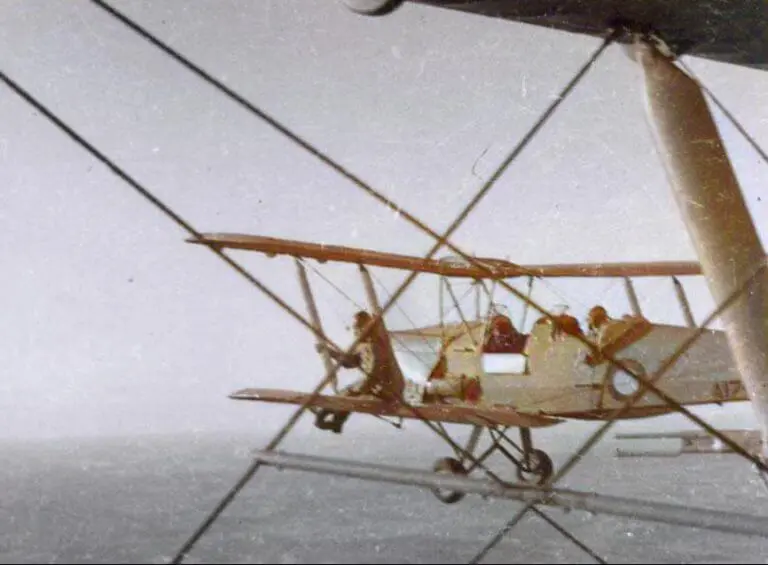
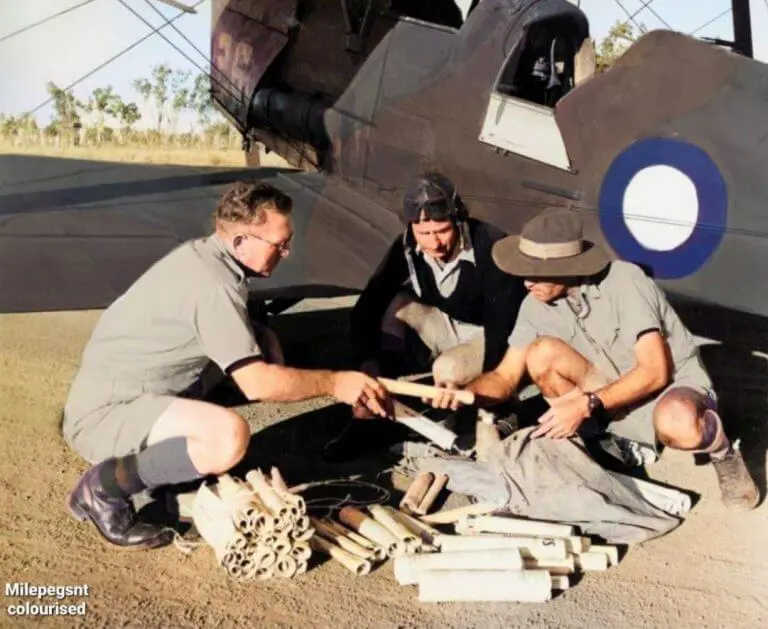
Australian War Memorial Website.
https://www.awm.gov.au/articles/encyclopedia/raaf/eats
Don Charlwood, No moon tonight, Angus and Robertson, London, 1956
Peter Dennis [et al.], The Oxford companion to Australian military history, Oxford University Press, Melbourne, 1995
John McCarthy, A last call of empire: Australian aircrew, Britain and the Empire Air Training Scheme, Australian War Memorial, Canberra, 1988
Hank Nelson, Chased by the sun: courageous Australians in Bomber Command in World War II, ABC Books, Sydney, 2002
Alan Stephens, The Royal Australian Air Force, The Australian centenary history of defence, vol. 2, Oxford University Press, Melbourne, 2001




